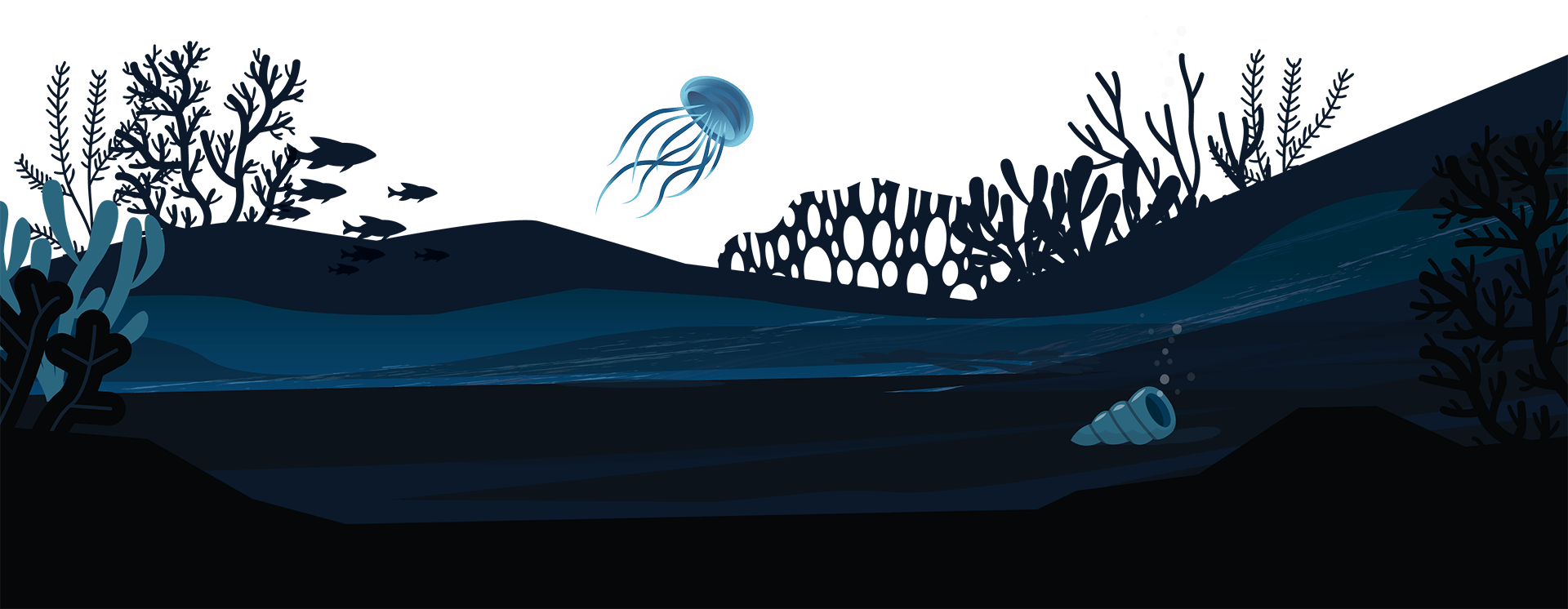11 Mar 2024

Who Likes Short Shorts? We Like Short Shorts!
Back to all News
As appealing or comedic as it may be, animators aren't all required to wear short shorts. Sorry! No, we're talking about animated shorts.
Animated shorts are far from a modern concept – before the likes of Snow White in 1937, all animations were shorts as opposed to feature-length films, with household names like Disney having produced countless series of shorts, such as Silly Symphonies and Mickey Mouse, from as early as the 1920s.
With the advent of feature-length animated films, animated shorts lost their limelight, mostly being used for cartoon series as opposed to stand-alone features. However, they did not become obsolete and, in 1984, indicated their usefulness with “The Adventures of André and Wally B” which was a groundbreaking animation for the time. Featuring the first use of motion blur within a CG animation, along with more complex 3D backgrounds, this two-minute wonder even went as far as incorporating the animation principles of squash and stretch, as opposed to sticking with previously rigid shapes.

As well as being a pivotal point for computer animation, “The Adventures of André and Wally B” also got the ball rolling towards one of today's most renowned names when it comes to animated shorts: Pixar.

Kicking off with “Luxo Jr.” – featuring their iconic lamp – in 1986, followed by “Red's Dream” a year later, it was their 1988 short “Tin Toy” that really put Pixar's name on the map when it won the Academy Award for Best Animated Short – the first ever CGI film to win an Oscar (not to mention inspiring another milestone moment for animation; “Toy Story”, the first ever feature-length computer-animated film and Pixar's first feature film). Nine years later, their short “Geri's Game” bagged them their second Academy Award, followed by their third for “For The Birds” (2000), effectively cementing their name as creators of award-winning shorts. Since then, Pixar have cultivated a tradition of creating shorts to be released alongside their feature films.
When talking about a successful studio that regularly produces feature films, you may question what a short can give them. The answer would be a number of things, depending on what the short entails. Perhaps its purpose is being released alongside an upcoming feature, or even as a trailer or precursor to one. This can create anticipation and enthusiasm for the main film and get more butts in seats at the theatres. Not to mention that shorts take less time and money to produce, so are an effective way to keep your animation company in the public eye. Other than the business side of things, shorts can keep creative juices flowing. Some stories or ideas may just not be suited to a long film, but when created as a short animated video they can have as much heart and emotion as a feature film. In Ed Catmull's book, “Creativity Inc.”, he mentions that for Pixar their shorts are akin to their Research and Development Department and provide the people working on them with “a broader range of experience [and skills] than they would on a feature”i.
For a smaller company, or even just a freelance animator, animated shorts are a great tool for getting a foot in the door, getting oneself known, and telling great stories with less manpower required, not to mention that they are a great platform for independent filmmakers. As a smaller company ourselves, with our video production mainly covering explainer videos and video marketing, we've found that working on our own promo videos is a wonderful creative outlet for our team and creating shorts is definitely something we look forward to doing. In fact, we've already tried our hand at it with our short “Belong”, which aired at Animafest. We had great fun with it and certainly learnt a lot to prepare us for future short animations.
In short, video animation needn't take the form of a feature-length film. Animation companies can gain and say just as much with animated shorts, as proven by their constant success and use throughout the years, from the beginning of animation to present day.
i“Creativity Inc.: Overcoming the Unseen Forces that Stand in the Way of True Inspiration” by Ed Catmull - Chapter 10: Broadening Our View.



